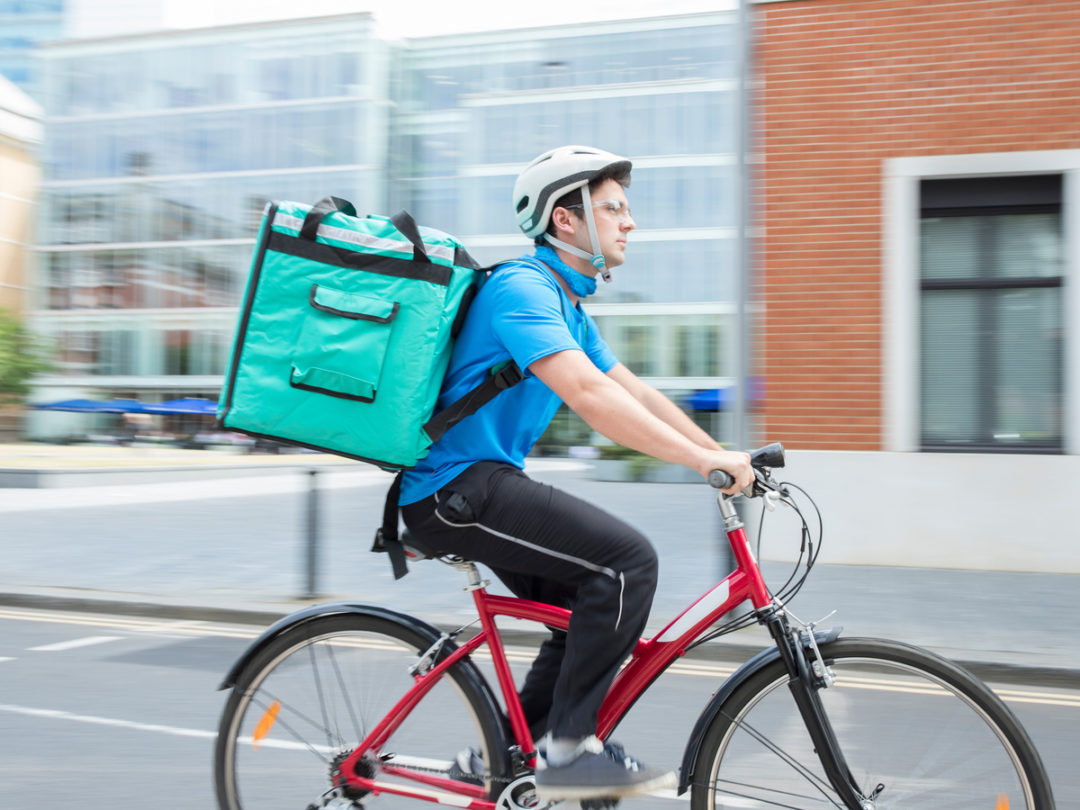
Because of its importance in all types of business, the supply-chain industry is uniquely positioned to make big impacts from the adoption of green practices.
With about 70% of goods in the United States relying on trucking for transportation, carriers have the potential to make an environmental difference by employing more energy-efficient operations.
Anheuser-Busch has introduced the first carbon-free delivery by truck. Garnering its own fleet of electric vehicles, the company intends to promote energy efficiency within the trucking industry. Unlike Anheuser-Busch or e-commerce powerhouses like Amazon, however, not all carriers have the capacity to build their own fleet of electric trucks.
The good news is that there are plenty of other more affordable ways to make your shipping operations more efficient. This article looks at three best practices for creating a more environmentally friendly carrier operation.
Bundling Freight
Bundling freight has the potential to save your business money and decrease your carbon footprint. It’s estimated that over a third of miles are driven while not transporting any freight. These backhaul miles result from long distances between pickup and drop-off locations, with carriers typically delivering one truckload at a time. This is highly inefficient with regard to the driver’s time and the company’s carbon footprint.
Bundling freight, so that drivers can pick up a new truckload of cargo a short distance from their most recent drop-off point, can mitigate both issues. Convoy, a carrier automation solutions company, aims to accomplish this with its Automated Reloads program.

Source: Convoy
The app’s real-time algorithm creates routes and pickup points for drivers that optimize efficiency. Matching truckers to nearby pickup points, the app has the potential to reduce carbon emissions by 45%. The reductions are the result of a significant decrease in empty miles traveled.
Zias Ismail, Convoy’s chief product officer, says the solution is both efficient and allows for greater flexibility. “Automated Reloads brings us closer to the dream of offering ‘perpetual loads,’ where owner-operators combine the freedom and flexibility of setting their own schedule, with the predictability of a dedicated contract,” he says.
The solution automatically matches loads to carriers based on a driver’s location and schedule, granting them more freedom and efficiency under a “perpetual load” system.
Bundling routes in this way is an effective step toward efficiency that carriers of all sizes can take.
More Direct Routes
It’s important for fleet managers to optimize routes to run as direct as possible from pickup points to dropoff locations. This decreases both delivery time and emissions.
As shippers are increasingly relying on eco-friendly carriers to optimize their performance, companies are investing more in establishing the most direct, efficient transportation routes possible. Logistics managers should be actively participating in this effort to streamline the supply chain, devising the best route for each unique situation.
Consumer-products distributors such as Smithfield Foods are adjusting their routes to achieve a more sustainable and lucrative solution. According to the company, when paired with technological modifications to its fleet, the process will save $45 million and cut harmful emissions by about 13,000 metric tons every year.
UPS has implemented an automated system that provides carriers with several optimal route options for delivery scenarios across the nation. The solution is called On-Road Integrated Optimization and Navigation (ORION). It was first deployed in 2012. By 2017, it contained 55,000 routes that accurately accounted for directness, idling times, safety, and more. Modifications include minimizing left turns, which require more energy by a truck to execute.
Lighter and Greener Vehicles
While it might not be possible to immediately incorporate a large fleet of energy-efficient trucks, there are steps you can take to transition your current vehicles to greener ones.
Logistics solutions provider Schneider says carriers should focus on several smaller-scale technological implementations to boost the efficiency and eco-friendliness of their fleets. The company discusses its own fuel-efficient features to illustrate how to make substantial environmental impacts with relatively small enhancements.

Source: Schneider
Schneider recommends that carriers aiming for greener deliveries adopt the following:
- Engines that are low-emitting, which can be aided by predictive cruise control;
- Aerodynamic roofs, mirrors, and bumpers;
- Stackable freight containers for optimization of truck space, and
- A/C systems that can be adjusted while the engine is off.
These upgrades can be made without investing in a new fleet of vehicles, allowing smaller businesses to budget for more incremental changes in their journey toward carbon neutrality.
You don’t have to reinvent the wheel to make your trucking operations greener. However, you need to understand your resources and utilize technology appropriately to guide the business toward carbon-emissions reductions. Automated systems and technologies for route planning and freight bundling exist to make carriers more cost-effective and fuel-efficient.
While fleets of trucks utilizing renewable energy are popping up around the world, such solutions aren’t necessarily attainable by small and mid-sized carriers yet. Yet you can still make smart, manageable modifications to your vehicles that will make a noticeable environmental difference.
Sydney Wess leads supply chain content and research efforts for Clutch, a provider of business-services data.







